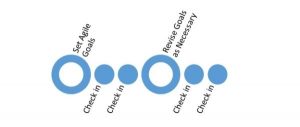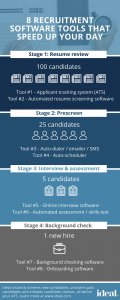![]()
Last week you learned all about setting up and monitoring Promoted Pins. This week I’ll be sharing how to track your business’ conversions with conversion tracking, the helpful new add-on to Promoted Pins. If you’re interested in tracking how many sales your Promoted Pins lead to, you’ll want to implement conversion tracking. Conversion tracking is also very useful when trying to learn which types and styles of content are most effective at leading to conversions.
First off, what is conversion tracking? It’s the ability to add coding to your website to track different actions, like purchases, email signups, and website visits. These are counted within different timeframes you can set by clicks, engagements, and views. Wondering how repin numbers affect sales? Implement conversion tracking to your strategy to get an inside look at how certain actions generate sales. The following steps explain how you can set up conversion tracking for your site.
Steps to create a conversion tag:
1. Go to the setup webpage and name your tag.
2. Now you can choose a conversion type. Select between: page visit, sign up (email/newsletter), checkout (sale), or custom.
3. Next you pick timeframes for clicks, engagements, and views. Choose between 1 day, 7 days, 14 days, 30 days, and 60 days for each. If you’re just interested in a quick test, I’d do 7 to 14 days to start.
4. Now it will generate a unique code for you. Copy the code and paste it on the page that’s generated only after a purchase/signup is made, like an order confirmation page or a ‘thank you’ page. This ensures that a purchase was made each time the page is shown. The tag won’t collect information around price or amount of items purchased. It will only act as a tally counter for each time the page is shown.

5. Once the tracking code is verified and working, you can track and analyze conversions, timeframes, actions and Promoted Pins that led to sales by going to your campaign dashboard and clicking ‘Export data.’ This is a great place to analyze which descriptions, styles, texts, and categories of Promoted Pins are performing best.
When analyzing data, keep in mind this note from Pinterest: “Conversion data is based on when the action on Pinterest happened, not when the conversion happened. For example, let’s say you have a 30 day attribution window. If someone looked at a Promoted Pin on February 1st, then bought the shoes on the 20th, that conversion will be attributed to the 1st. This means that your conversions might grow over time, depending on the attribution window you chose.”
![]()
Still need help? Check out Pinterest’s help center for more details.
(209)
Report Post




